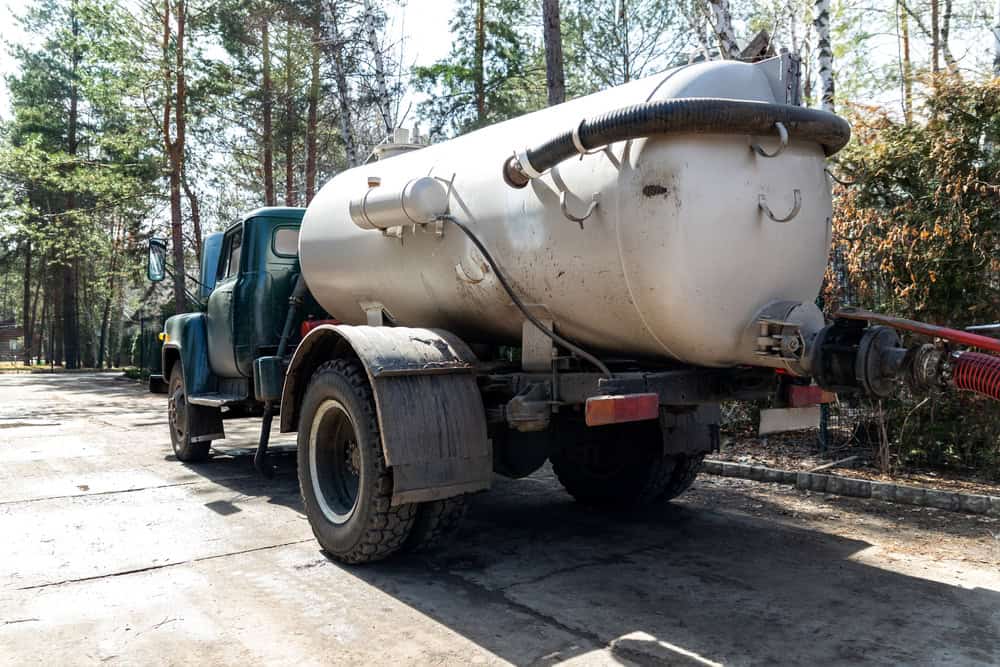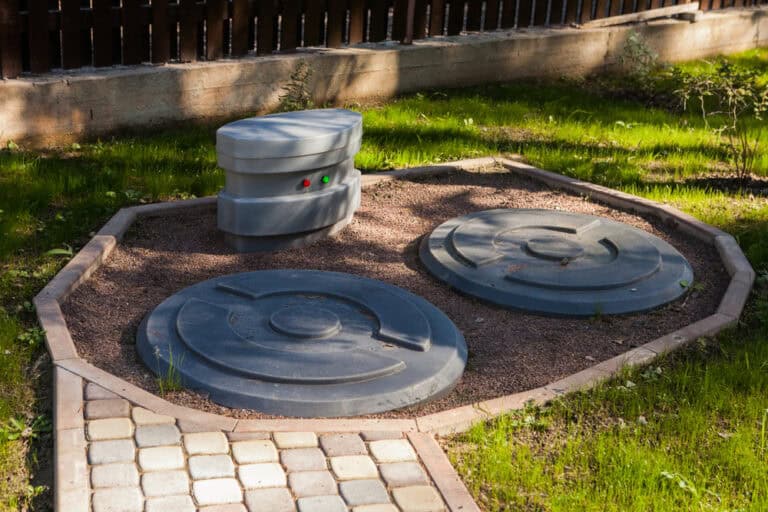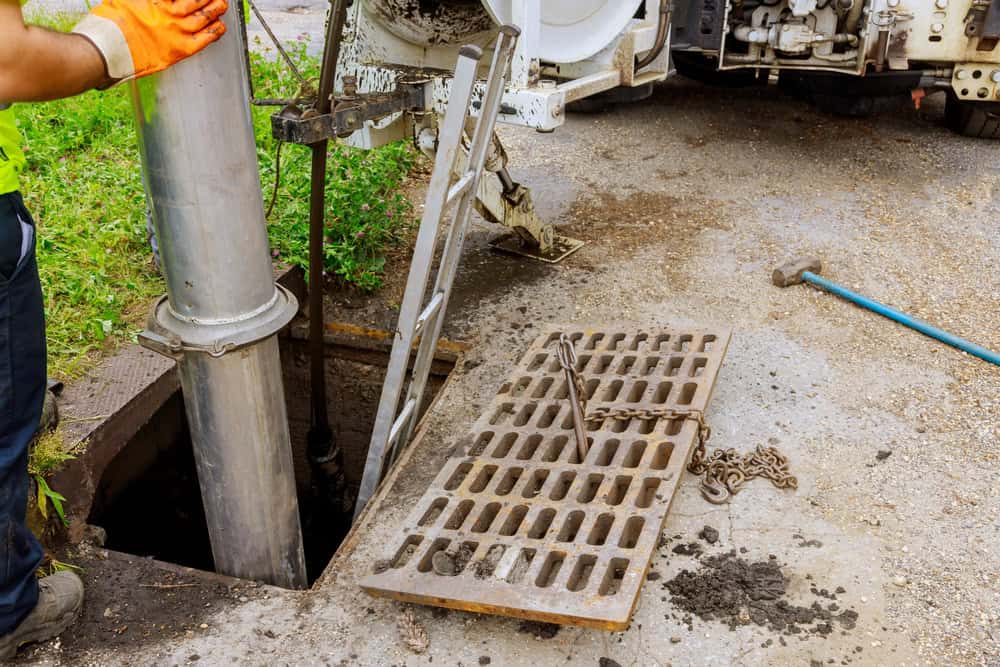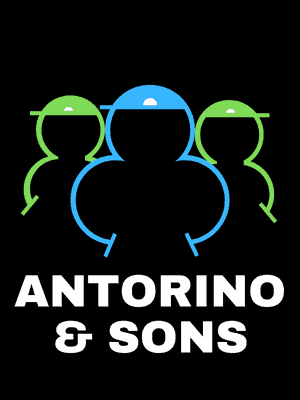Cesspool in Inwood, NY
My husband and I needed the pipe that connects our home to the town sewer line replaced. Other companies told us they would need to rip up the sidewalk, street, and our walkway which would have cost us thousands in additional work.
More About Us
Browse Septic Tank Services
contact us
Advanced Cesspool Inspection Techniques in Inwood, NY: Ensuring Safety and Efficiency

Understanding Cesspool Inspection Needs
Cesspools play a crucial role in waste management for properties in Inwood, NY. These systems require consistent monitoring to avoid environmental issues and ensure they are working efficiently. Antorino & Sons specializes in providing top-notch cesspool services, including detailed inspections and maintenance designed to meet the specific needs of properties in Nassau County. Our goal is to help you prevent major issues by catching them early.
Our team at Antorino & Sons uses the latest technology and brings a wealth of expertise to every job. We understand the importance of keeping your cesspool system in optimal condition. Regular inspections by our professionals can help avoid expensive repairs down the line and extend the life of your cesspool system. Trust us to keep your system running smoothly and efficiently, ensuring peace of mind for homeowners in Inwood, NY.
Experience and Expertise:
With years of experience in Inwood, NY, Antorino & Sons brings a wealth of knowledge to every cesspool inspection, ensuring high-quality service.
Customer Satisfaction:
At Antorino & Sons, we pride ourselves on exceeding customer expectations in Nassau County, with tailored solutions and transparent communication.
Safety and Efficiency:
Prioritizing your safety and the efficiency of your cesspool system, Antorino & Sons employs advanced techniques to deliver reliable results every time.

Why Choose Antorino & Sons for Your Cesspool Services?
Selecting Antorino & Sons for your cesspool needs means choosing a leader in the field. Our team is highly trained in modern cesspool inspection techniques and deeply understands properties’ specific needs throughout Nassau County. We’re committed to delivering top-quality service, focusing on safety, efficiency, and clear communication. When you work with us, you’ll be kept in the loop every step of the way, ensuring you feel confident and informed about the care of your cesspool system.
In Inwood, NY, homeowners and property managers trust Antorino & Sons for their cesspool service needs. Our commitment to customer satisfaction sets us apart. We provide custom solutions that meet your specific needs, all while ensuring the process is straightforward and stress-free. If you have questions or need to schedule a service, reaching out to us is easy. Just call 631-250-6829, and let us take care of the rest, ensuring your cesspool system is in the best hands.

The Importance of Regular Cesspool Inspection
Regularly inspecting your cesspool system is more than just a routine checkup; it’s a crucial step in identifying and addressing potential issues before they become significant problems. In Inwood, NY, ignoring the maintenance of your cesspool can lead to a host of problems, including unpleasant odors, damage to your property, and health risks to you and your family. At Antorino & Sons, we stress the importance of staying ahead of such issues with a proactive maintenance approach. We offer customizable inspection schedules to accommodate your property’s unique demands in Nassau County.
Our technicians at Antorino & Sons are equipped with the latest diagnostic tools to ensure your cesspool functions at its best. A well-maintained cesspool system prevents unexpected breakdowns and contributes to a safe and pleasant living environment in Inwood, NY. To maintain the efficiency of your cesspool system and avoid potential issues, don’t hesitate to get in touch with Antorino & Sons by calling 631-250-6829. Our team is ready to provide you with expert advice and top-tier service.
Have a question?
Inwood was first settled in 1600s. Like many other nearby communities, the area was known as Near Rockaway. A meeting was held by the Town of Hempstead on January 16, 1663, and during that meeting, the name of what is now Inwood was changed to North West Point (also spelled as Northwest Point), named after its geographic position in relation to the more central part of Far Rockaway, which it was then part of. It became the first area which was once known as Near Rockaway to be given its own name. Its original settlers were Jamaica Bay fishermen, generally lawless and troublesome to other Rockaway residents. Soon after the American Civil War, the area in 1871 became known as Westville. The Westville designation was used as the name of the community until residents petitioned for the United States Postal Service to establish a post office in the community. The post office refused as a Westville already existed in Upstate New York. This led locals to change the community’s name to Inwood in December 1888. This name received the most votes; the other proposed names included Bayhead, Springhaven, Radwayton, Elco, Raway, Pike’s Peak, and Custer. By changing the community’s name, the locals were able to get a post office for Inwood, which ultimately opened on February 25, 1889.
Inwood’s first post office closed after roughly 30 years of operation (circa 1920), and it was not until 1949 that a new post office would open in the community – although an unsuccessful, earlier attempt to reopen it was made in 1932.
The first true road in the area, the Inwood end of Lord Avenue, was built when the neighboring village of Lawrence was developed.
Learn more about Inwood.